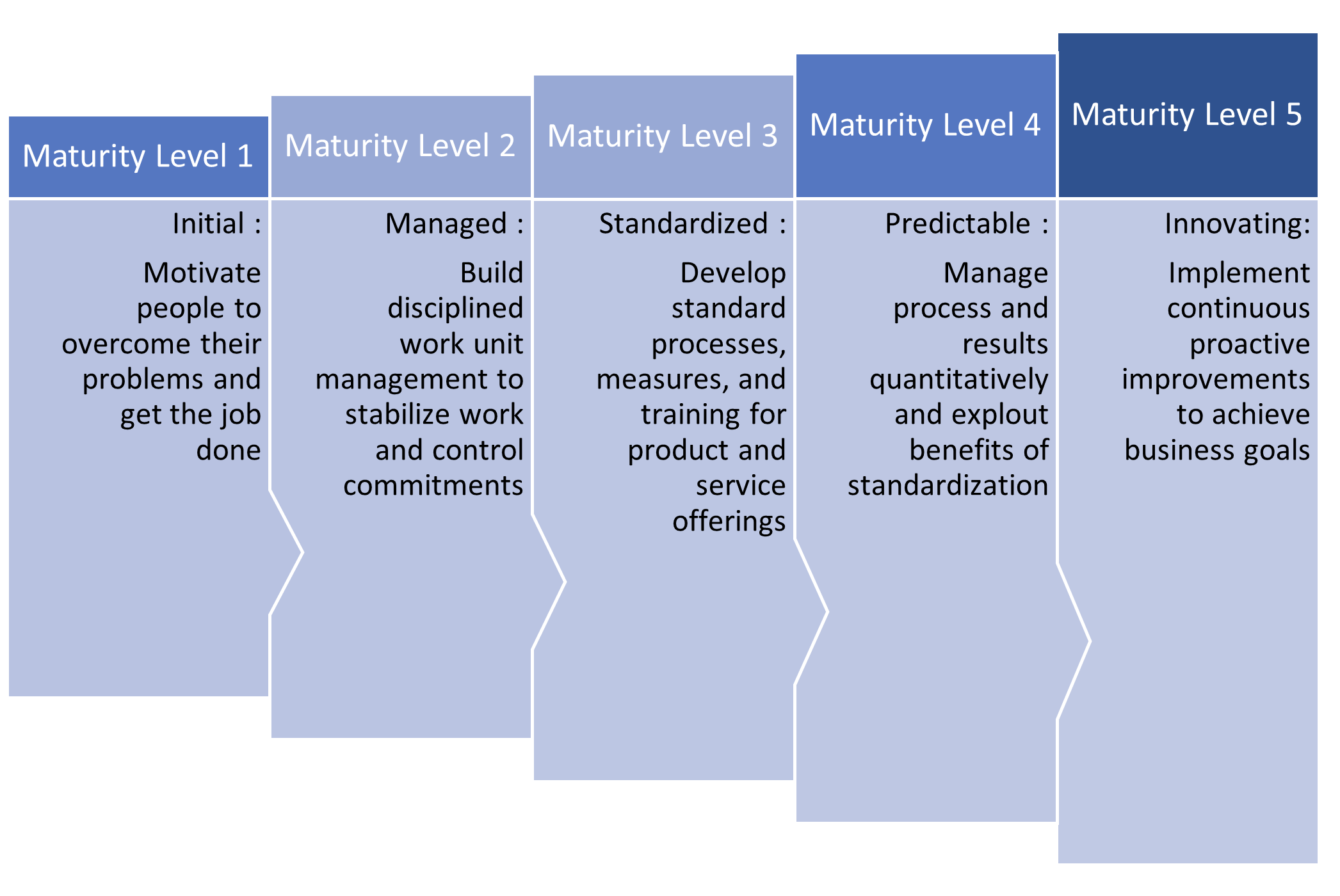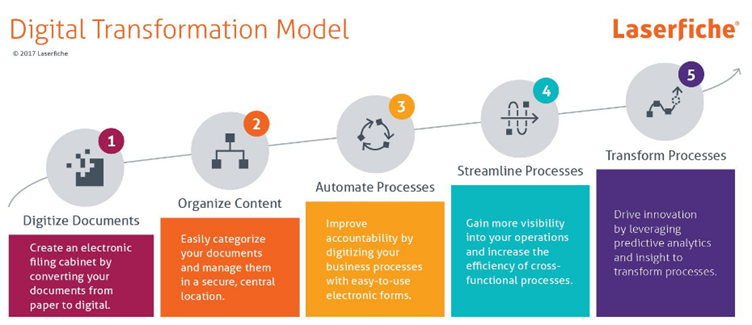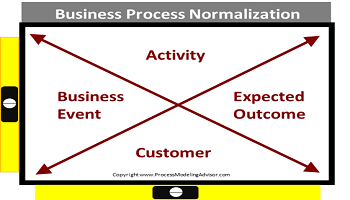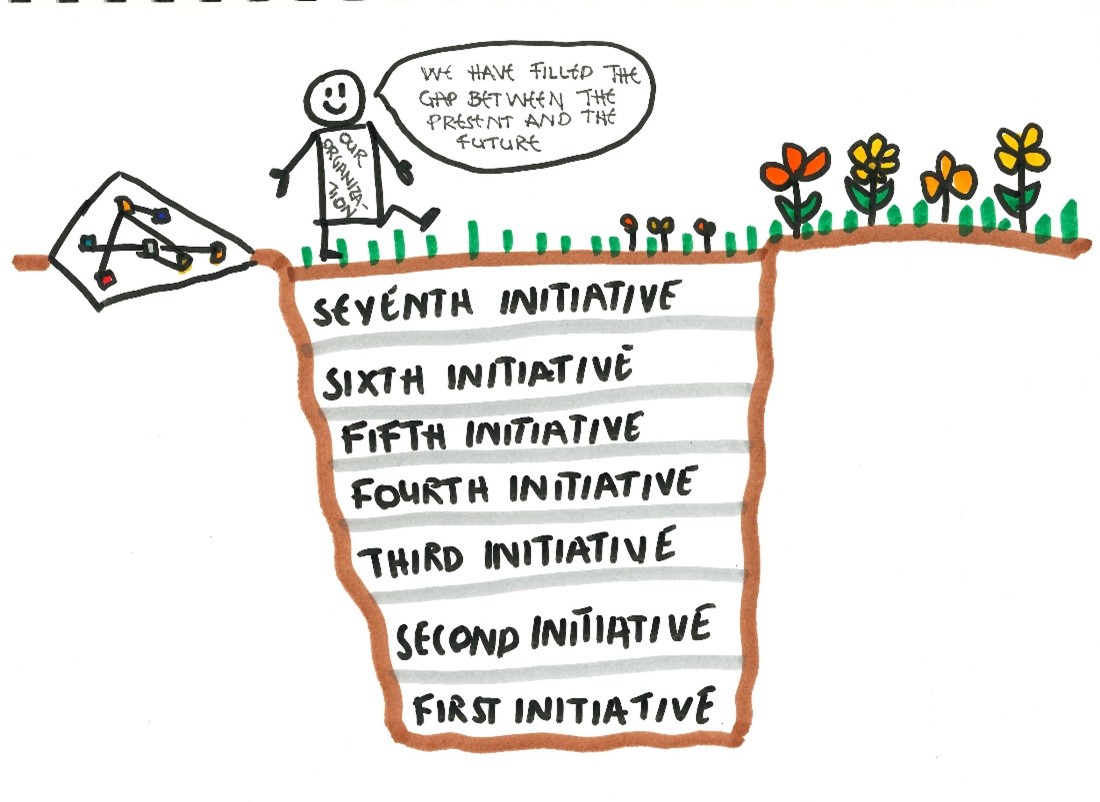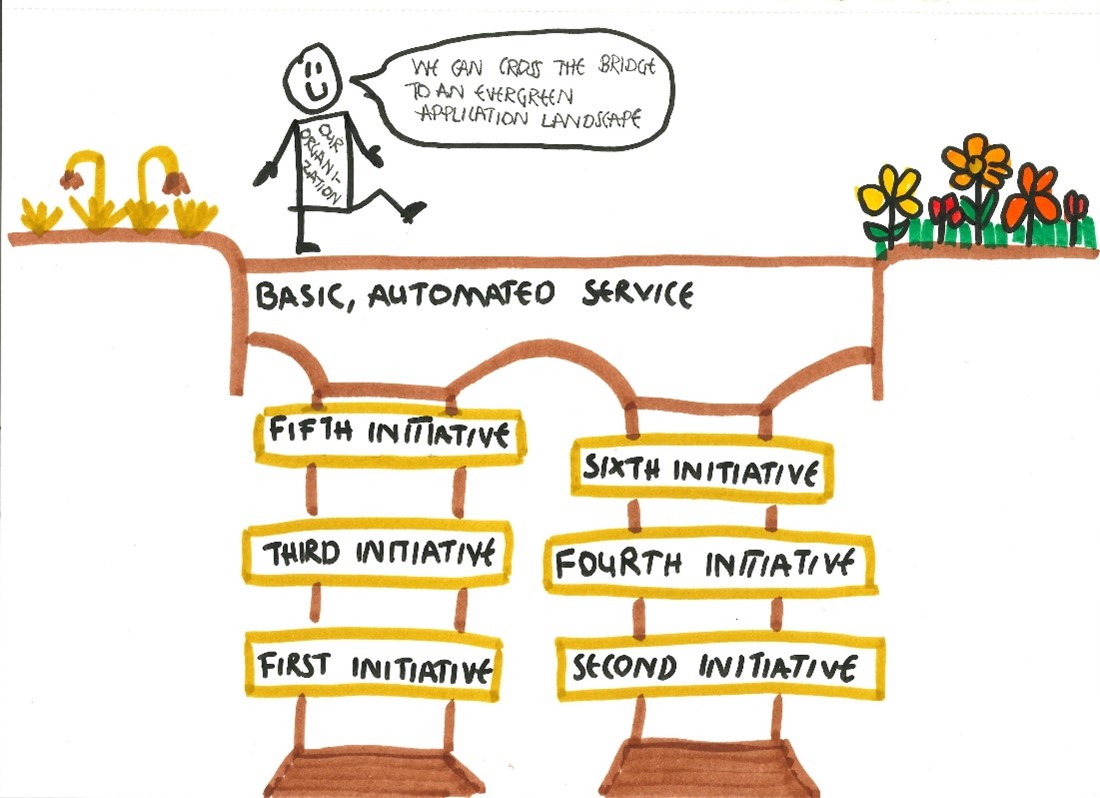Best of BATimes: 10 Best Business Analysis Books For Beginners
Corporate analysis is a discipline in which business requirements are defined, and solutions are identified for business issues.
For an organization to thrive and function successfully, some things need to be placed during its foundation. Here are some books that can be of assistance.
1. Writing Effective Use Cases (Agile Software Development Series) by Alistair Cockburn
Business analysts profit from case studies where they talk about how people use a system. This helps in planning projects and use cases is a crucial feature of business and software systems. The problem is that it is not so easy to write straightforward and succinct cases. Author Alistair Cockburn utilizes modern methods to write case stories in this novel.
You can learn about advanced principles that are useful, whether you are an experienced analyst or a novice. Cockburn presents strong and bad case examples to help you quickly and rapidly understand the difference. The main aspects of situations, like stakeholders, scenarios, etc. Design, moment tips, pre-built templates can be utilized.
2. Business Analysis Techniques: 72 Essential Tools for Success by James Cadle
Every analyst needs the necessary resources to accomplish the job. The work involves solving problems and exploring ideas. You need to know how to solve various types of problems, like identifying project specifications or handling changes.
This book describes these strategies carefully in order to help the reader deliver reliable results in business work. Think about it as a market analyst, a manager, or a student who is learning the trade, as a cheat sheet you can talk about.
3. Project Management Absolute Beginner’s Guide (3rd Edition) by Greg Horine
You have just started working as a project manager? In this book, you can easily and rapidly grasp key concepts by disrupting vital project management activities. You can learn how to organize and manage budgeting, planning, team management, and more. Each phase is outlined so that you can start right away.
The guidelines are simple and convenient. You will discover that the project managers make daily errors to avoid taking the same route. You can also understand what heading projects entail instead of merely overseeing them. If you do not know how to begin your job or your career, take this book to learn what you need quickly.
4. Project Management: A Systems Approach to Planning, Scheduling, and Controlling by Harold Kerzner
This is referred to as the Project Management Bible” since it offers practical insight into all facets of becoming a project manager. At all levels of a project, you can learn the techniques and methods to use. But it’s more than tips in this book. This text covers market changes, failure, agile project development, evolving industry topics, and project measurements.
There are just a few components that can limit performance in project management. This book is not a guide to project management, which is easy. There are plenty out there. When you want to know information about project management, quality assurance, and customer cooperation, this is the book you need to collect.
Advertisement
5. Business Analysis for Dummies by Kate McGoey, Kupe Kupersmith, and Paul Mulvey
Business Analysis (BA) is a group of activities that ensures that the company has the best solutions to achieve its strategic objectives. In order to carry out this workforce, it is important first to define the actual objectives and evaluate and propose solutions for a solution that needs to be addressed.
Provide guidelines as to how the market analysis will influence your company. Shows the tools and strategies to be a competent analyst. Provides many examples of how to market evaluations can be carried out irrespective of your position.
6. Adaptive BABoK Study Guide by the Adaptive US
BABOK® summary graphically represented to enable simple, engaging learning of concepts and practices of business analysis. However, a visual presentation and a summary of this information are effective for you to learn. BABOK® guide includes a large amount of structured text information.
7. 3D Business Analyst by Mohamed Elgendy
Three distinct fields of 3D Market Analysis – business analyzes, project management (PM), and lean 6 sigma – with historically different skills and career paths. When, however, the components of these skill sets are analyzed and understood, a simple overlap is generated. When used together, they provide the BA with the required concepts, theories, and ends so that it can interact more effectively with stakeholders in its own language.
8. Agile and Business Analysis: Practical Guidance for IT Professionals by Debra Paul and Lynda Girvan
Agile is an iterative approach to software development that has quickly become the most common replacement for conventional project management in the IT industry. The use of an agile approach will revolutionize work practices for business analysts. It allows for a clearer vision and definition of performance steps, greater participation of stakeholders, and a better understanding of consumers.
This book offers an extensive introduction and discusses Agile methodologies in the sense of market analysis—ideal for companies wishing to learn and understand Agile Practices in an Agile Environment.
9. Business Analysis: Best Practices for Success by Steven Blais
A full overview of the business analysis method in addressing business issues is given by this book. This guide is also full of real-world stores from the author’s more than 30 years of experience working as a market analyst, full of tips, tricks, methods, and guerrilla tactics that allow the entire process to face often daunting political or social obstacles.
- It offers strategies and advice to conduct a business analyst’s challenging tasks at times.
- Authored by a professional in the sector with 30 years of experience.
10. Seven Steps to Mastering Business Analysis by Barbara A. Carkenord
Business analyzes are now the fastest growing sector in business and both strategically and tactically the position of the business analyses. Seven steps to mastering business analysis illustrate how all these variables, along with many others, are the secret to success.
This book offers insight into the ideal skills and features of good market analysts and is the basis for the learning process. This guide also allows you to prepare for enterprise analysis certification by describing the tasks and fields of expertise in the Knowledge Body.
Conclusion
Businesses form an important part of a state. Encouraging young people to venture into business only increases employment opportunities. Through business books, this becomes an attainable goal as they offset with their best foot forward.


